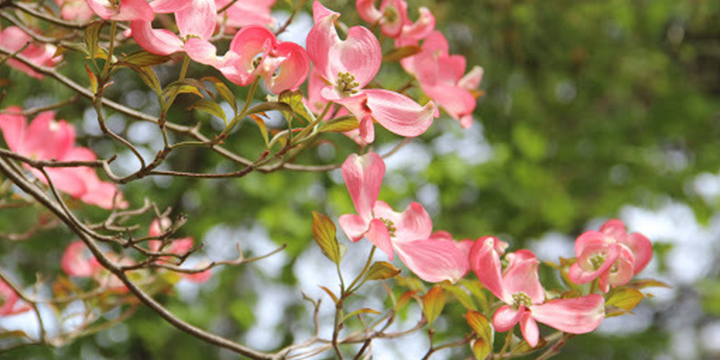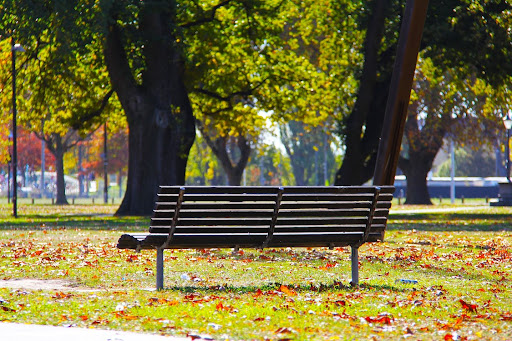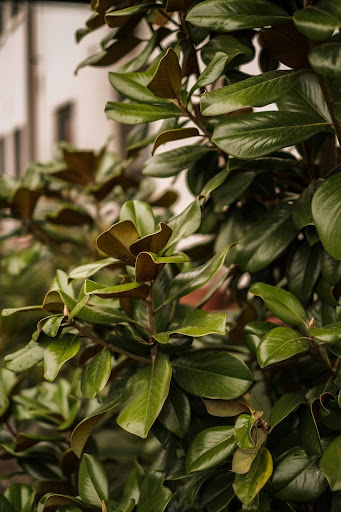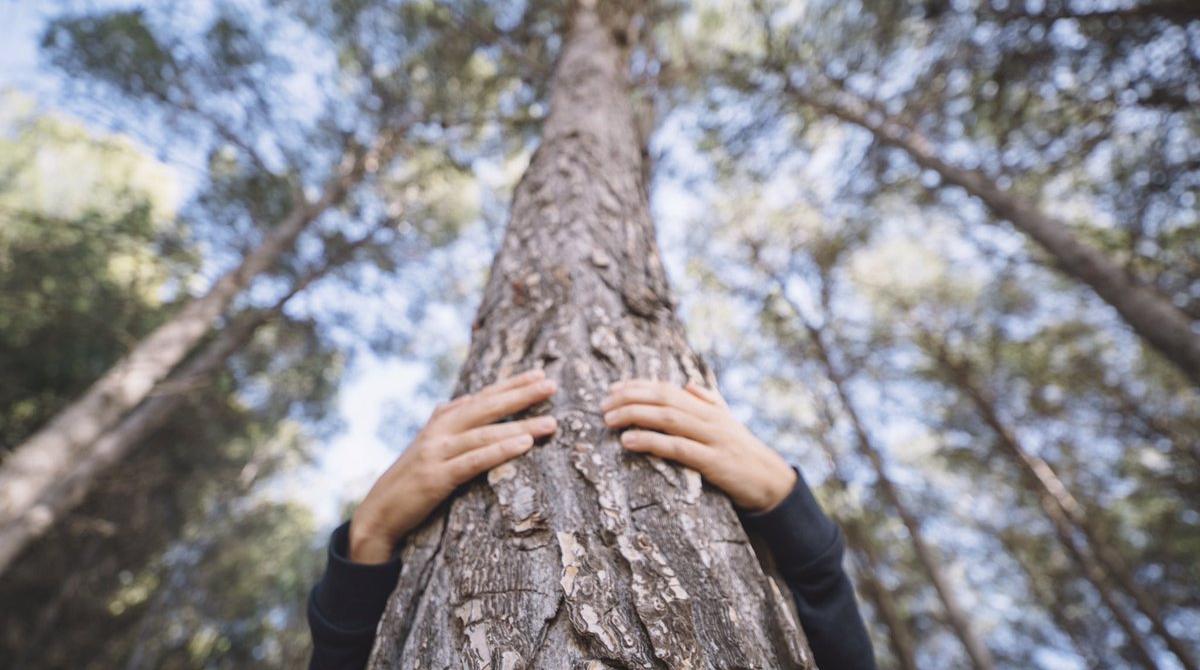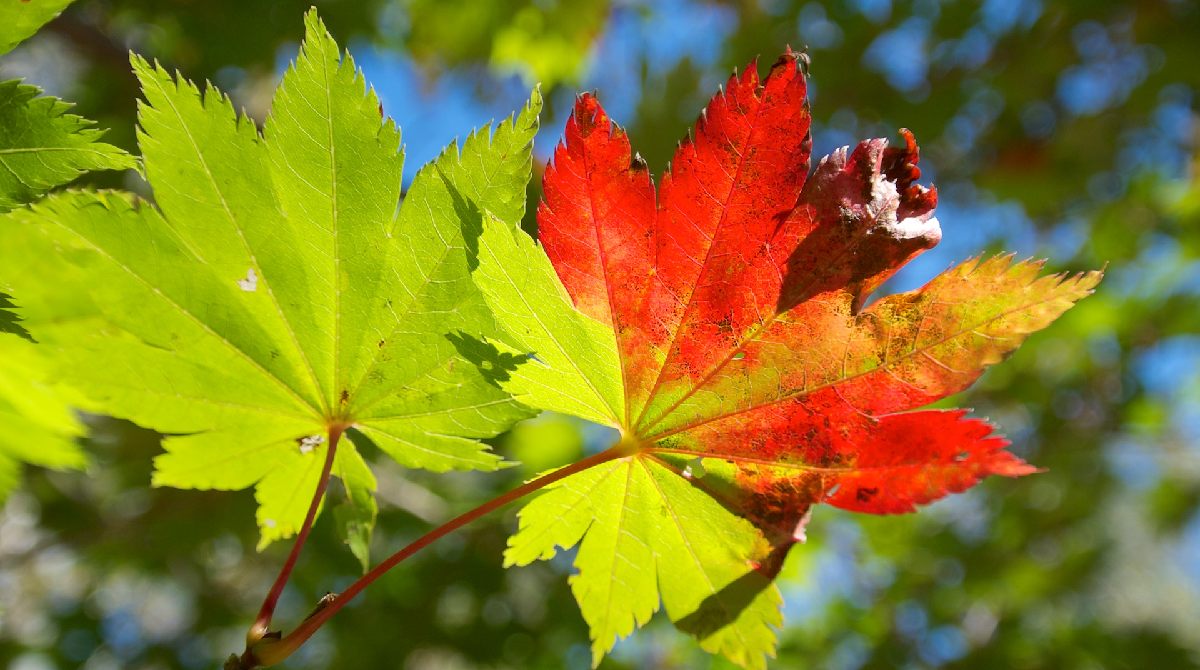
Why Do Leaves Change Color? The Journey of a North Texas Fall Leaf
Date October 02, 2022
Category
North Texas is blessed with mild autumn weather, and one of the most visually stunning changes in the environment is when leaves transform into shades of rusty brown, crimson, vibrant orange, and brilliant yellow. In this blog post, we’ll explore why leaves change colors, if we see these colors in our Dallas, TX trees, and what happens as a North Texas fall leaf journeys from branch to compost pile. Read on as we uncover the science behind one of nature’s most beautiful transformations!
TreeNewal is a full-service sustainable tree care company offering residential and commercial tree services in Dallas, Argyle, Denton, Fort Worth, Flower Mound, Southlake, and Westlake. Contact our Dallas tree care specialists today at (817) 592-6846 and enjoy tailored tree care advice and the best tree health services in North Texas!
Why Do Leaves Change Color in Fall?
To start, let’s dive into why leaves are green. During spring and summer, leaves enable tree growth by producing food. This process occurs in leaf cells containing chlorophyll, a chemical that produces green pigment. Chlorophyll absorbs sunlight and uses the energy to transform carbon dioxide and water into carbohydrates, or starches and sugars, that feed the plant.
The fascinating part is that the leaves have underlying yellow and orange pigments, but during most of the year, these colors are eclipsed by the stronger chlorophyll-producing green hue.
In the fall, the food-making process comes to a halt due to changes in the length of daylight and lower temperatures. Chlorophyll breaks down, revealing the secondary colors of orange and yellowing leaves. During this process, other chemical changes can form additional colors not originally found in the leaf, like anthocyanin, which is when sugars get trapped in leaf cells. The mixture of these chemicals and chlorophyll residue gives rise to the red and purplish fall hues of sumac and dogwood trees, the vibrant orange of maples, and the rusty brown of North Texas oak trees.
Why Do Leaves Fall Off?
As chlorophyll breaks down, revealing fall leaf coloration, other changes occur simultaneously. A unique layer of cells develops at the base of the leaf stem over the season and severs the tissue supporting the leaf. Trees seal the cut, which causes leaves to blow away or drop from their weight. The result is the end of a North Texas fall leaf life cycle until it begins anew in the form of compost!
What Determines Colors of Leaves in Fall?
Trees are sensitive to environmental changes, so various weather conditions affect the colors of leaves in fall. Optimal conditions for producing anthocyanin are when temperatures are low but above freezing and sunny. Drought, early frost, and cloudy or rainy weather will dull fall leaf colors or cause leaf drop prematurely before they have a chance to transform.
The main factors that affect leaves changing colors in North Texas are:
- Tree species
- Temperature
- Light
- Water
Do Leaves Change Color in North Texas?
While North Texas is beautiful, we typically don’t experience the full scope of autumn leaf coloration. Dallas/Fort Worth trees usually stay green throughout the year and quickly drop once true winter comes around. This is due to our hot, dry summers followed by rainy autumns. DFW is also known for its unpredictable weather patterns rather than gradual, consistent cooling, which is not optimal for vibrant fall foliage.
Which North Texas Fall Trees Show Leaves Changing Colors?
However, a few Dallas trees may display vibrant fall foliage. Some of these are:
- Maple – while maple trees are one of the most reliable to produce fall leaf colors, the red maple, in particular, is striking in the fall, transitioning into bright yellow, orange, bright red, or burgundy. Maple trees do not always thrive in North Texas soil and climate conditions, but an established tree has a great chance of producing beautiful fall leaf colors.
- Chinese pistache – a favorite amongst North Texas landscapes, the Chinese pistache tree can turn various shades of orange, red, and crimson.
- Crape myrtle – apart from stunning blooms in spring and summer, some crape myrtle species can be seen to produce orange and burgundy shades.
- Oak – generally display brown coloration, while red oaks may live up to their name in ideal conditions.
- Cedar elm – may produce yellowing leaves in fall.
- Sumac and dogwood – established trees can appear purplish in ideal climate conditions.
TreeNewal Tree Care Dallas
As North Texas trees wind down and prepare for winter, there are several ways we can help them on their journey. Autumn is the perfect time for fall tree fertilization, tree trimming and pruning, and a Dallas tree care specialist’s professional treatment for iron chlorosis and insect and disease management. Keep your trees healthy and set them up for success by calling an ISA Certified Arborist at (817) 592-6846 for routine tree care today!
To learn more about Why Do Leaves Change Color? The Journey of a North Texas Fall Leaf?, call our Argyle and Southlake-based teams
at (817) 592-6846 or send us a message.
We’re a little different than the average tree services company.
Learn more about TreeNewal’s ISA Certified Arborists!
Our Dallas/Fort Worth-based tree doctors can explain how sustainable tree care services add more value to your bottom line.
Healthy trees, healthy lives.
